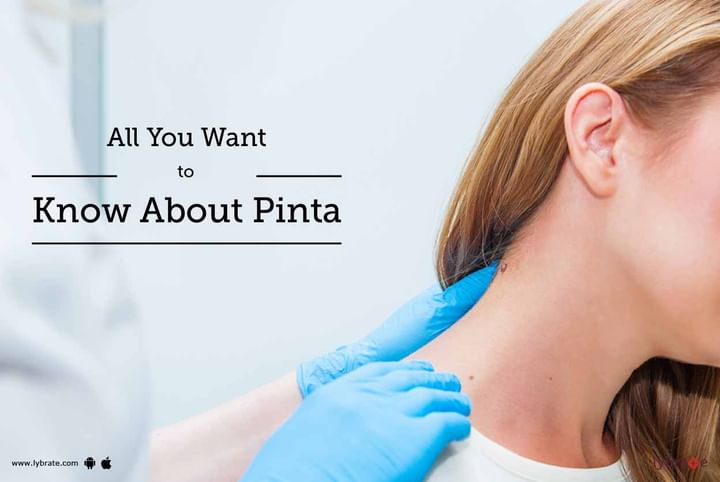All You Want To Know About Pinta
Pinta is a skin disease caused by a bacterial infection. It is usually acquired during childhood and contracted through the skin to skin contact with an infected person. The disease is endemic to Mexico, Central America and South America. About One million of cases with Pinta were reported in Central and South America in the year 1950. The disease sets in within an incubation period of two to three weeks. It affects mostly the exposed areas of the skin including the arms, legs and face. The word ‘Pinta’ is a Spanish word which means ‘painted’. Pinta is classified under a treponemal disease because it is contagious and is caused by treponemes, a genus of spiral-shaped bacteria. Recent reports suggest the occurrence of disease in the Philippines and some areas of the pacific region.
The bacterium enters the skin through a cut, scratch or a lesion and causes a red scaly bump called the primary lesion. Other lesions may start to form surrounding the primary lesion usually in exposed surface of arms and legs. Local lymph nodes also become enlarged. Within three to nine months, these thick flat lesions called pintados spread all over the body. Sometimes the disease spreads to eyes causing eyelid deformities. The last stage of the disease is characterised by pigment changes in the skin including a combination of hyperpigmentation and depigmentation causing permanent discoloration. However, many patients get treated successfully before they reach the last stage.
Clinical Diagnosis of the infection is usually done through a blood sample showing bacterial infection or through diagnosing the scrapings of the lesion. The patient is subjected to an antibiotic treatment of drugs like penicillin, tetracycline, azithromycin and chloramphenicol. If prescribed dose of antibiotics is followed regularly, the cure is possible, however, skin damage caused due to lesions remain irreversible.
The disease is prevalent in rural and poverty-stricken areas and thus holds a strong connect with the socio-economic life of people. The living conditions, adequate water supply, domestic, personal and community hygiene, a proper waste disposal system and mosquito prevention and control play an important role in the prevention of the disease.
Prevention and control programs for Pinta must focus on awareness generation among high-risk groups. Though community hygiene is covered under many state health programs, for many communities, personal hygiene and the safe domestic environment remains far from satisfactory. Thus, first and foremost intervention must include building knowledge about maintaining proper hygiene and inculcating good habits for health and disease prevention. Since the disease is generally acquired in childhood, educating the parents about the early signs and symptoms of infection can also go a long way in ensuring that timely medical help is provided. If you wish to discuss about any specific problem, you can consult a doctor and ask a free question.



+1.svg)
